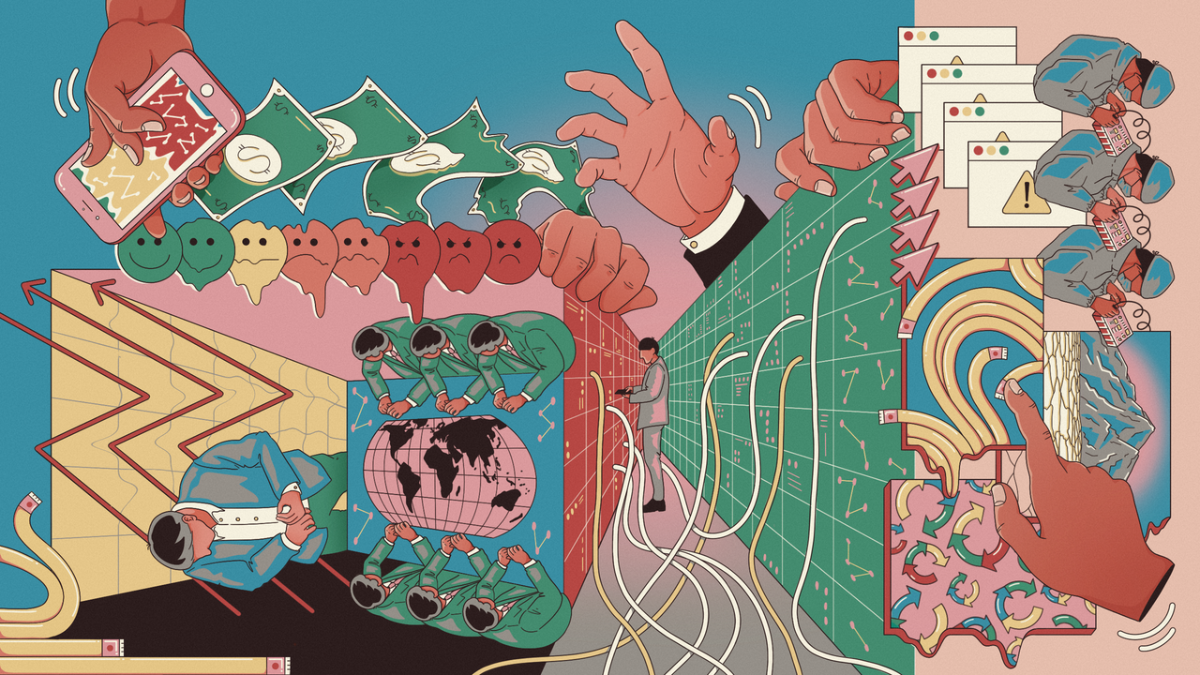Don’t Be Fooled: Much “AI” is Just Outsourcing, Redux | TechPolicy.Press

🌈 Abstract
The article discusses how much of the "AI" technology being touted by companies is actually just outsourcing of labor to low-cost workers, rather than true automation. It provides examples like Amazon's "Just Walk Out" checkout system and other cases where companies claim to be using AI, but are actually relying on human workers to perform the tasks. The article argues that this is a familiar pattern of outsourcing that has been seen before, and that "AI" is being used as a distraction from the underlying shift of jobs to cheaper labor markets.
🙋 Q&A
[01] Don't Be Fooled: Much "AI" is Just Outsourcing, Redux
1. What are the key examples provided in the article of companies claiming to use AI, but actually relying on human labor?
- Amazon's "Just Walk Out" checkout system, which used Indian workers reviewing store surveillance footage to produce itemized purchase lists, rather than true automation
- Meta's army of invisible content moderators who make "unpleasant material vanish from your newsfeed"
- A startup that offshored its entire "AI" product to workers in the Philippines
2. What is the "last mile" problem of automation that the article references? The ever-receding horizon of what a computer is able to accomplish instead of a human, leading companies to rely on human labor to fill the gaps.
3. What is the concept of "pre-automation" described in the article? The process where companies employ humans to perform the tasks promised by automated systems, extracting unpaid labor and investment capital while deregulating a sector in favor of a monopoly.
4. How does the article argue that "AI" is being used as a distraction from the underlying shift of jobs to cheaper labor markets? The article states that "AI" is a "shiny distraction that begs us to 'pay no attention to the man behind the curtain'", which is the familiar phenomenon of outsourcing expensive, skilled labor in the US or other advanced economies to cheap, unskilled labor in developing economies.
[02] The Familiar Pattern of Outsourcing
1. What parallels does the article draw between the job losses associated with "AI" and the losses associated with industrial decline in the late 20th century? The article states that the job losses are "reminiscent of the losses associated with industrial decline in the late twentieth century", as the workforce shifted offshore to emerging markets where many more people are required to do a less skilled version of the job for less pay.
2. How does the article argue that outsourcing adds complexity and decreases consumer quality? The article cites studies showing how outsourcing "adds inter-organizational complexity and communication challenges, driving up inefficiencies and decreasing consumer quality."
3. What are the unintended consequences of automation described in the article? The article states that studies of automation show "resulting increases in labor needs and inequalities, requiring both new skilled laborers to supervise the machines and more workers to take up lower-skill roles."
4. What does the article suggest that policymakers, workers, and clients of AI-embracing firms should do in response to the trend of outsourcing under the guise of AI?
- Policymakers and workers should "heed the lessons of the last forty years of outsourcing and its effects upon the labor market, and move quickly to legally protect the skilled workforce at home and avoid shortchanging partners abroad."
- Clients of AI-embracing firms should "demand they maintain high-level experts on production's front lines and resist downsizing or reducing complex jobs to menial tasks."
- Investors should be skeptical of CEO pitches touting AI, and "follow Amazon's lead and Just Walk Out."